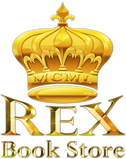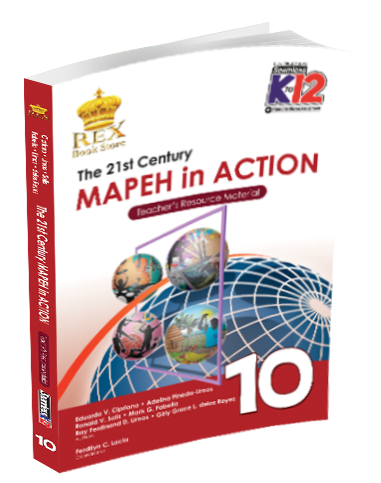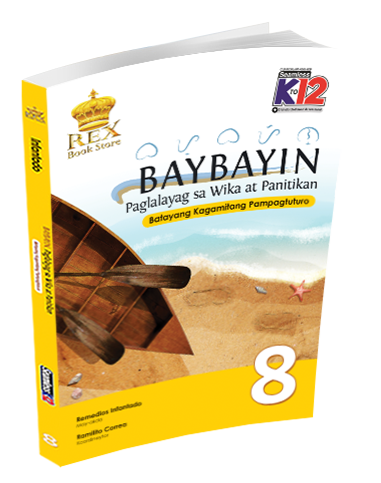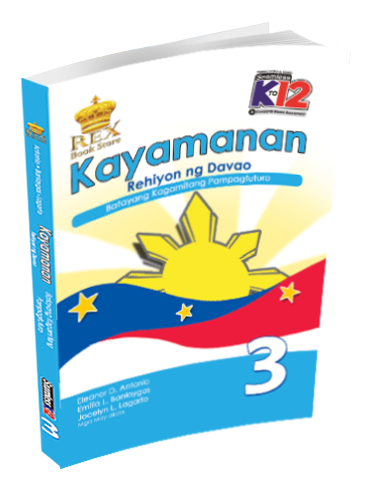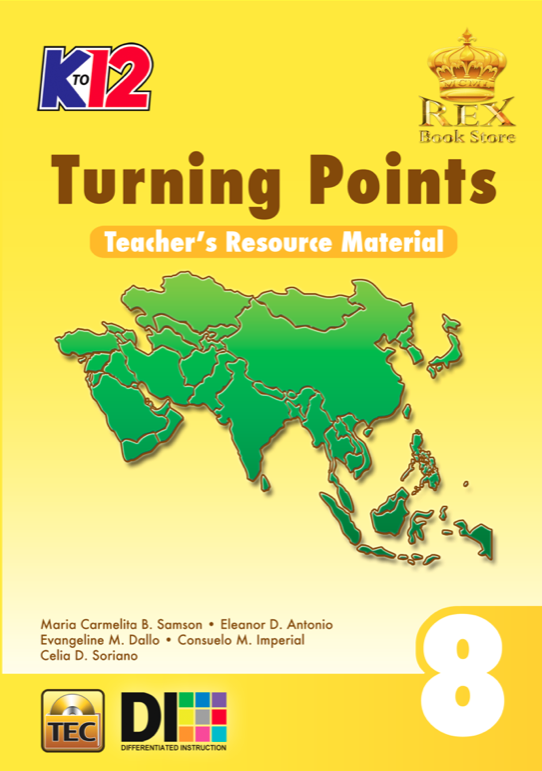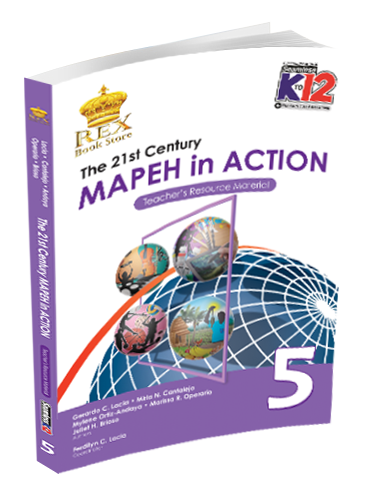Downloads
The New Science Links 6
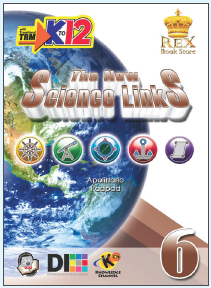 A series intended for Grades 1-6 which aims to develop
appreciation for Science by focusing on its applications to
real life.
A series intended for Grades 1-6 which aims to develop
appreciation for Science by focusing on its applications to
real life.
Filter IMs by :
Chapter 0
Lesson 0
Chapter 1
Lesson 1
Topic 1

The presentation starts by discussing the coverage of the lesson which is the different parts and functions of the circulatory system.

This episode explores the circulatory system and its major parts. It also explains the functions of the circulatory system and the ways on how to take care of one's heart.
Lesson 2
Topic 2

The activity allows pupils to construct their own knowledge on blood vessels, heart, and how pulse rate is affected by certain activities.
Lesson 3
Topic 1

The presentation discusses the different circulatory system diseases and how these can be prevented. It includes an audio part and have activities for pupils to answer.
Topic 6

The activity is a simple experiment that dwells on the effects of exercise on breathing rate and pulse rate.
Topic 7

The activity allows pupils to examine advertisements in relation to a possible adverse effect on the circulatory system.
Chapter 2
Lesson 2
Topic 8

The activity is a simple experiment on involuntary actions. It gives pupils a good concept and experience reflex actions.
Lesson 3
Topic 1

The presentation discusses the two divisions of nervous system- peripheral and central nervous system. It also includes an activity where pupils’ understanding of the lesson can be measured. It also includes a discussion on somatic and voluntary functions of the nerves.

This episode describes how the nervous system works. Learn how the body's nervous system responds to pain.
Lesson 4
Topic 1

The presentation of the lesson starts with a digital story on Carlo and Ana. It presents a different flow of how disorders in the nervous system affect the body. Other disorders and diseases of the nervous system are discussed.
Chapter 3
Lesson 1
Topic 1

The presentation includes a discussion of the five major glands of the endocrine system. It also gives an overview of what the endocrine system do.
Chapter 4
Lesson 1
Topic 1

This episode explains the Basic Units of Ecology, Components of Ecosystem including Ecological communities, Ecological habitats and Ecological niches. This will also cover the Philippine Forest Formations.
Topic 27

The activity compares past and present forest ecosystem and presents three good questions that pupils will answer.
Lesson 2
Topic 19

The activity encourages pupils to analyze the illustration and build relationships among the organisms involved.
Topic 20

The activity assesses pupils’ understanding on food chains.
Topic 21

The activity looks into pupils’ food choices and asks them to categorize them into the type of consumers and producer.
Topic 23

The activity allows pupils to plot organisms in a food pyramid based on the energy they get in food web.
Lesson 3
Topic 1

Which school organization should Jay join? Discussions on this concern and relating them to organization in the ecosystem bind the entire episode. All populations live together and the physical factors with which they interact compose an ecosystem.

Which school organization should Jay join? Discussions on this concern and relating them to organization in the ecosystem bind the entire episode. All populations live together and the physical factors with which they interact compose an ecosystem.
Topic 14

The activity allows pupils to work in groups and investigates animal and plant interactions in an ecosystem.
Topic 15

The activity asks pupils to be creative and draw a mini ecosystem.
Topic 16

The activity allows pupils to investigate on interactions in an ecosystem.
Topic 17

The activity allows pupils to differentiate between host and parasite and identify the harmful effects and prevention.
Lesson 4
Topic 28

The activity allows pupils to investigate and find out the relationship of fertilizers and the ecosystem.
Chapter 5
Lesson 1
Topic 29

The activity allows pupils to investigate and find out the effects of pollution in an ecosystem.
Topic 30

The activity is a more general version of pollution in the ecosystem.
Chapter 6
Lesson 1
Topic 46

The activity asks pupils to draw the arrangement of molecules in materials representing the different phases of matter.
Lesson 2
Topic 39

The activity is a simple experiment that allows pupils to discover the process of rusting and how to prevent it from happening.
Topic 41

The activity is a simple experiment that allows pupils to find out what happens when acids and bases combine.
Topic 42

The activity is a simple experiment that explores on enzymes and how they affect materials. A number of chemical compounds were used to illustrate the different rates of chemical reactions.
Chapter 7
Lesson 1
Topic 47

The activity answers the big question on the forms of energy that we normally use during the Christmas season.
Topic 48

The activity requires pupils to group examples of different forms of energy accordingly.
Lesson 2
Topic 49

The activity allows pupils to work with each other and explore on the different forms of energy and their common uses.
Topic 50

The activity is a simple experiment exploring mechanical energy and how it can lead to motion using rubber band, pendulum, and a basketball.
Lesson 3
Topic 51

The activity clearly illustrates how energy is transformed and conserved using a common experience- movement of an electric fan.
Topic 52

The activity explores on the law of conservation of energy using a candle and a match.
Topic 54

The activity explores the big question, how is energy transferred from one body to another.
Topic 56

The activity engages pupils to perform small activities that will lead to the realization on how heat can be transferred.
Lesson 5
Topic 57

The activity is an exploratory one that engages pupils to discover how to compute the speed of an object by performing the task. A computation for the average speed is also included.
Topic 58

The activity consists of three problem solving activities where pupils need to compute for speed and velocity.
Topic 60

The activity is a simple investigation on the relationship of force, mass, and acceleration using common materials (rubber band, screw, plastic bottle, etc.)
Topic 61

The activity allows pupils to construct a device that will illustrate circular motion. The follow up questions clearly evaluate pupils’ understanding of the experiment/ activity.
Chapter 8
Lesson 3
Topic 67

The activity shows a clear depiction or simulation of how earthquakes happen/ what causes it.
Lesson 4
Topic 70

The activity answers the big question, how are volcanoes formed through a simple experiment.
Topic 71

The activity is a simple experiment that shows a depiction of how magma comes out from volcanoes using soda.
Topic 72

The activity is another simple experiment with slight modifications on how volcanic eruptions happen.
Topic 73

The activity answers the big question, how do volcanic eruptions shape the land.
Topic 74

The activity focuses on the hazards that volcanic eruptions can give.
Chapter 9
Lesson 1
Topic 80

The activity is a simple investigative activity that leads pupils in answering the big question, how are air masses formed.
